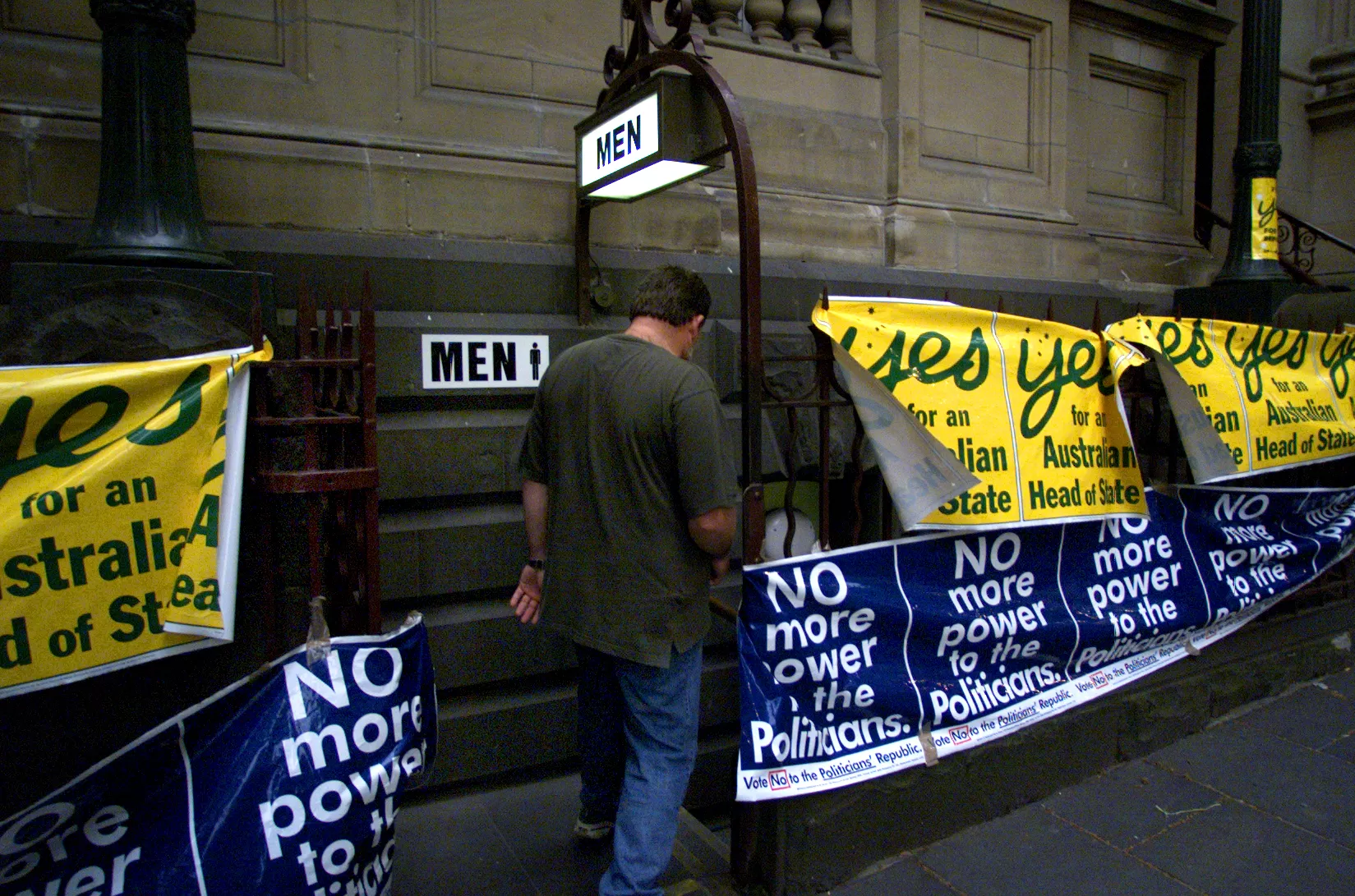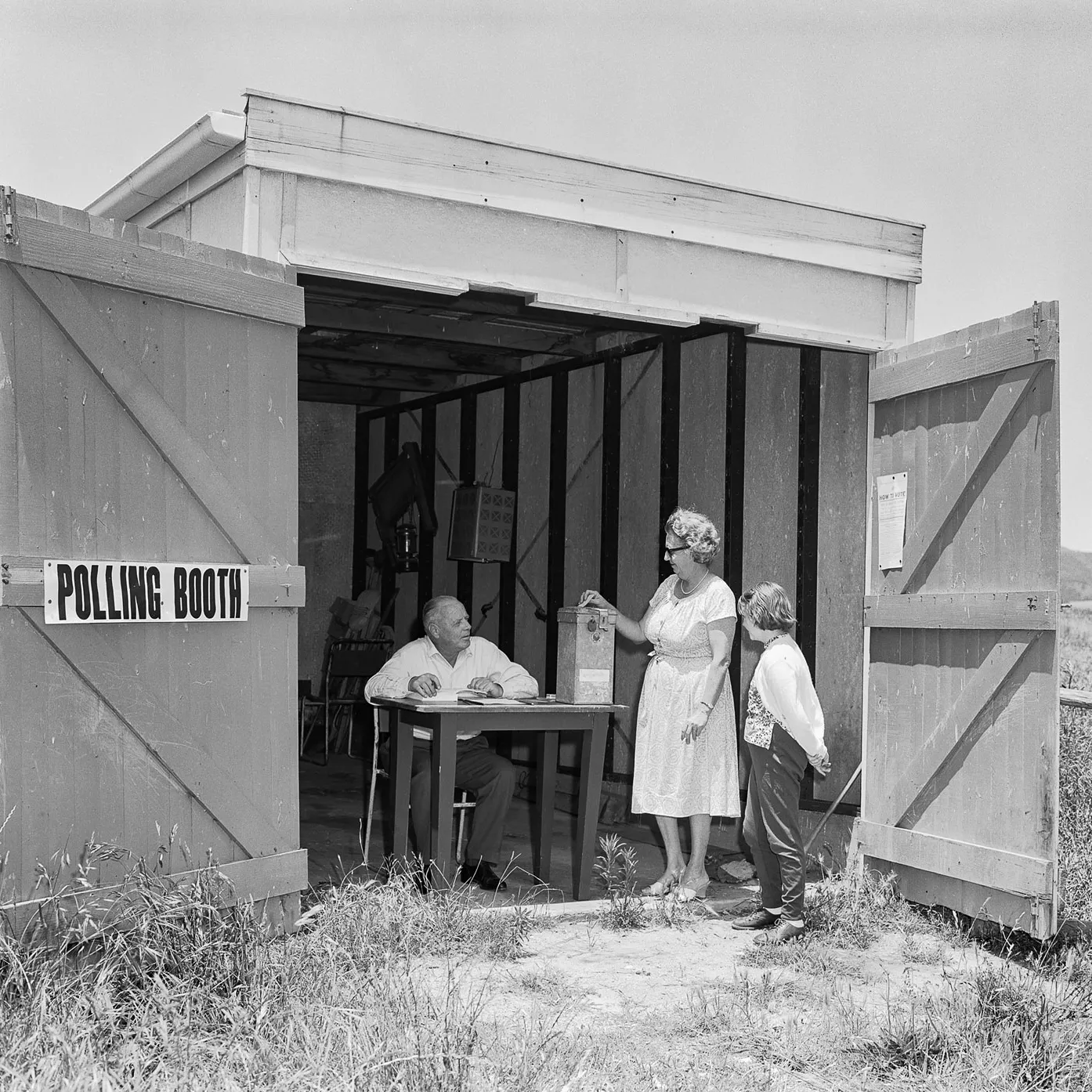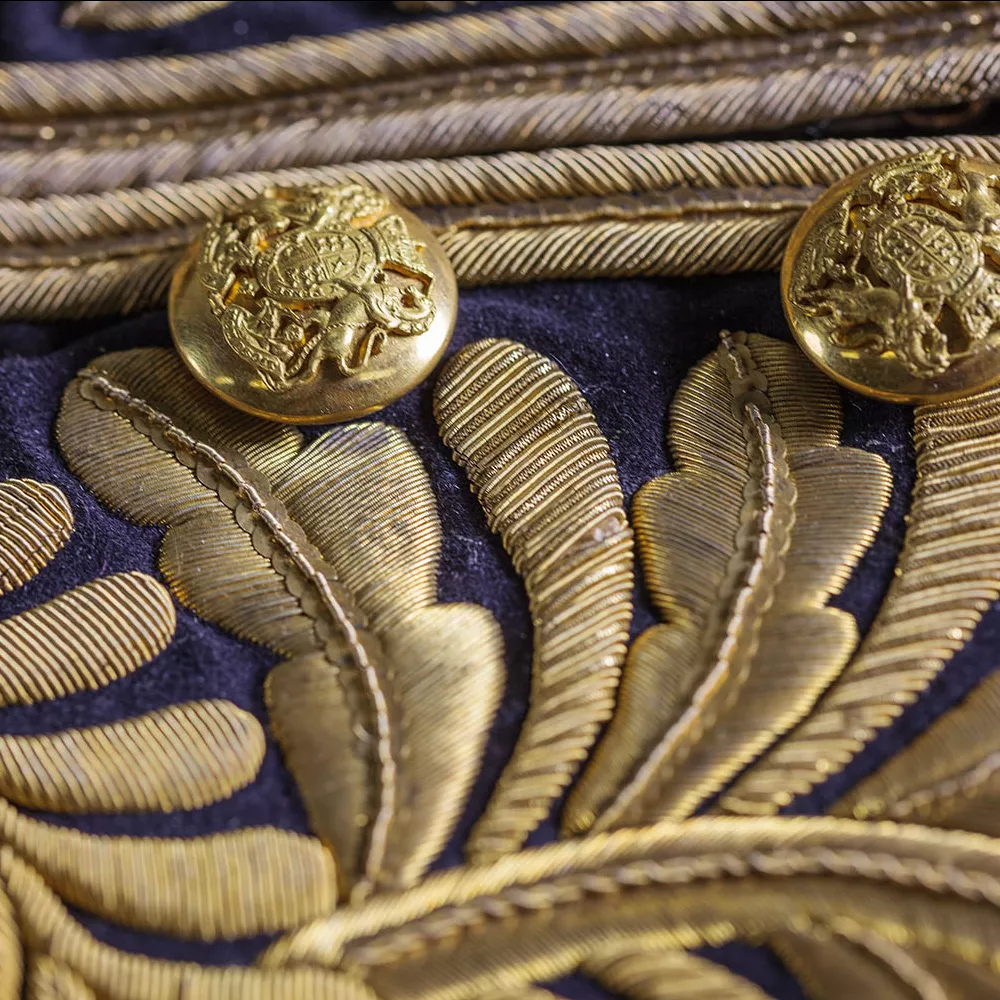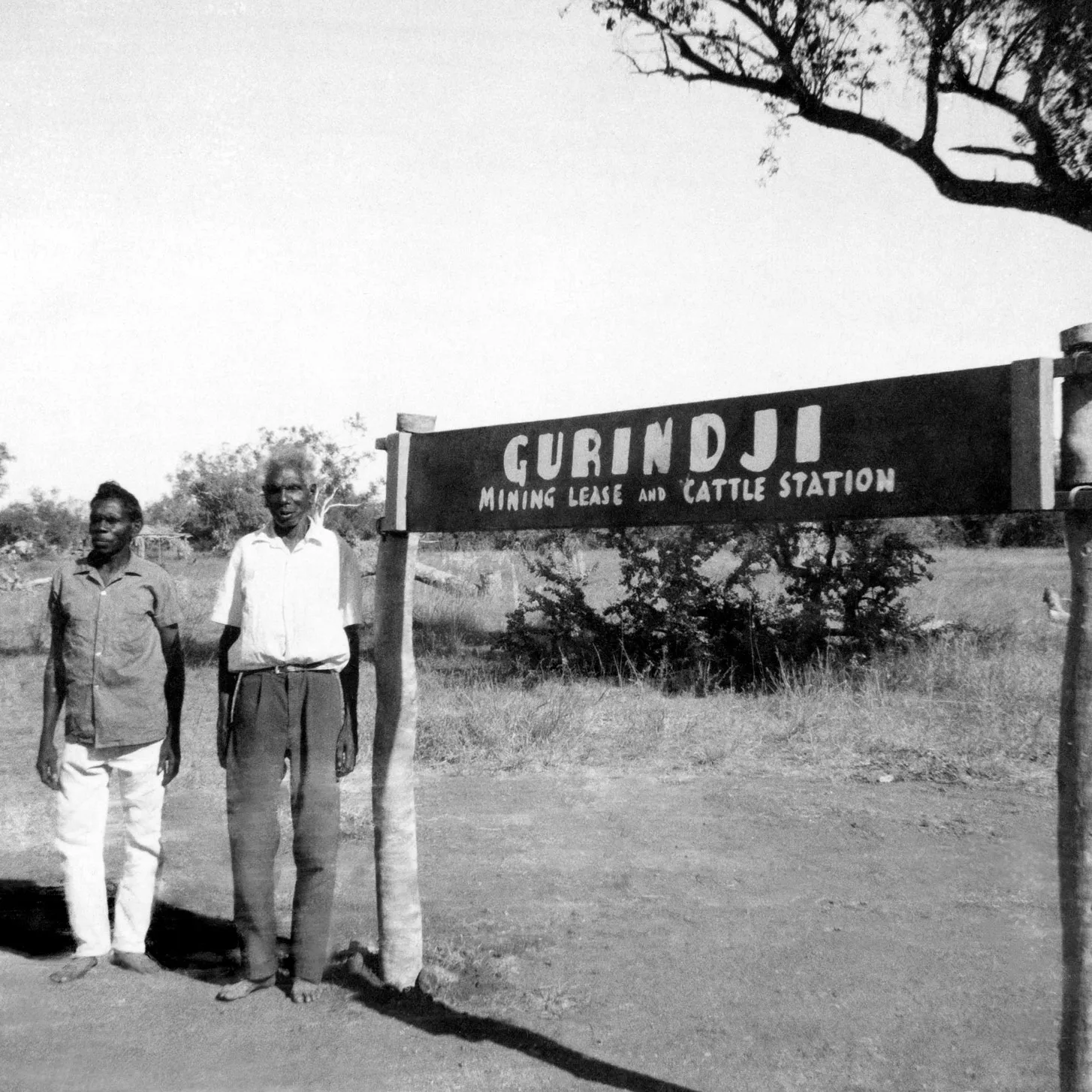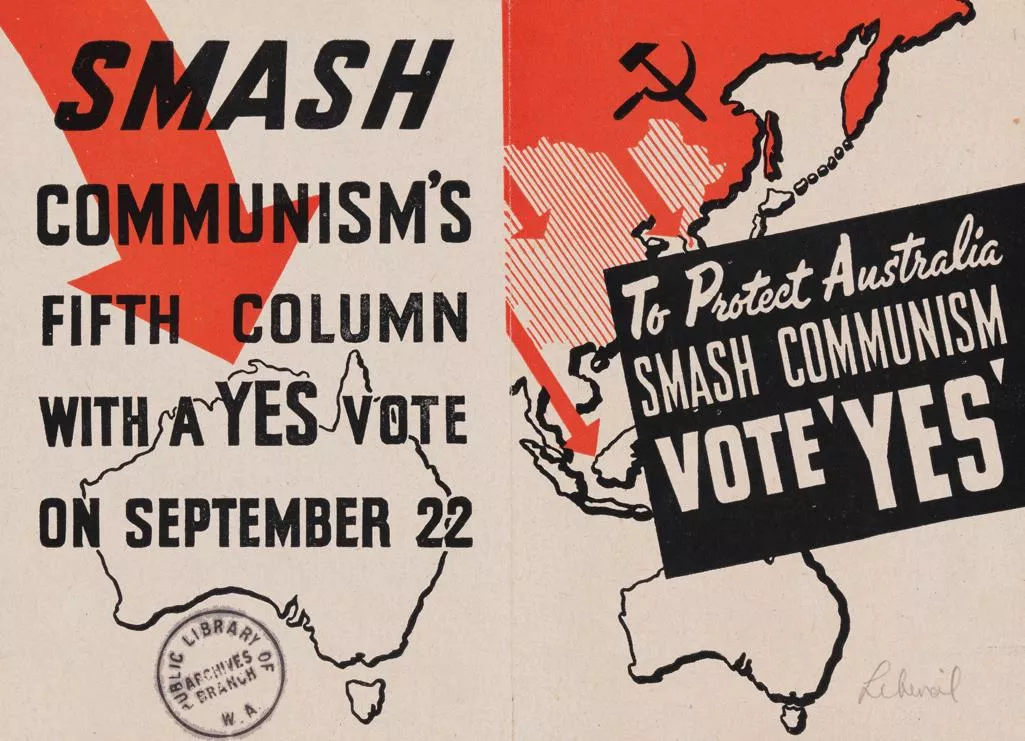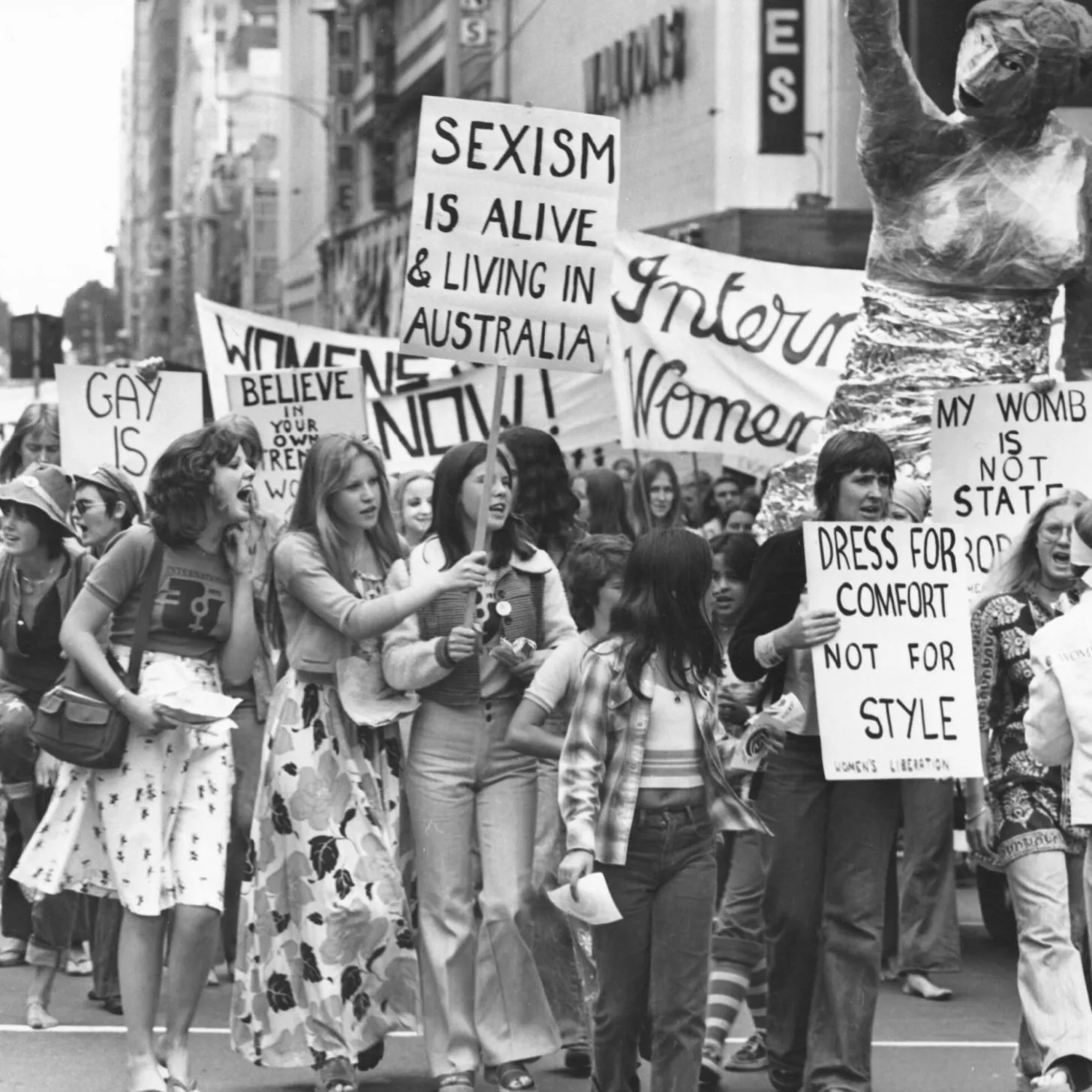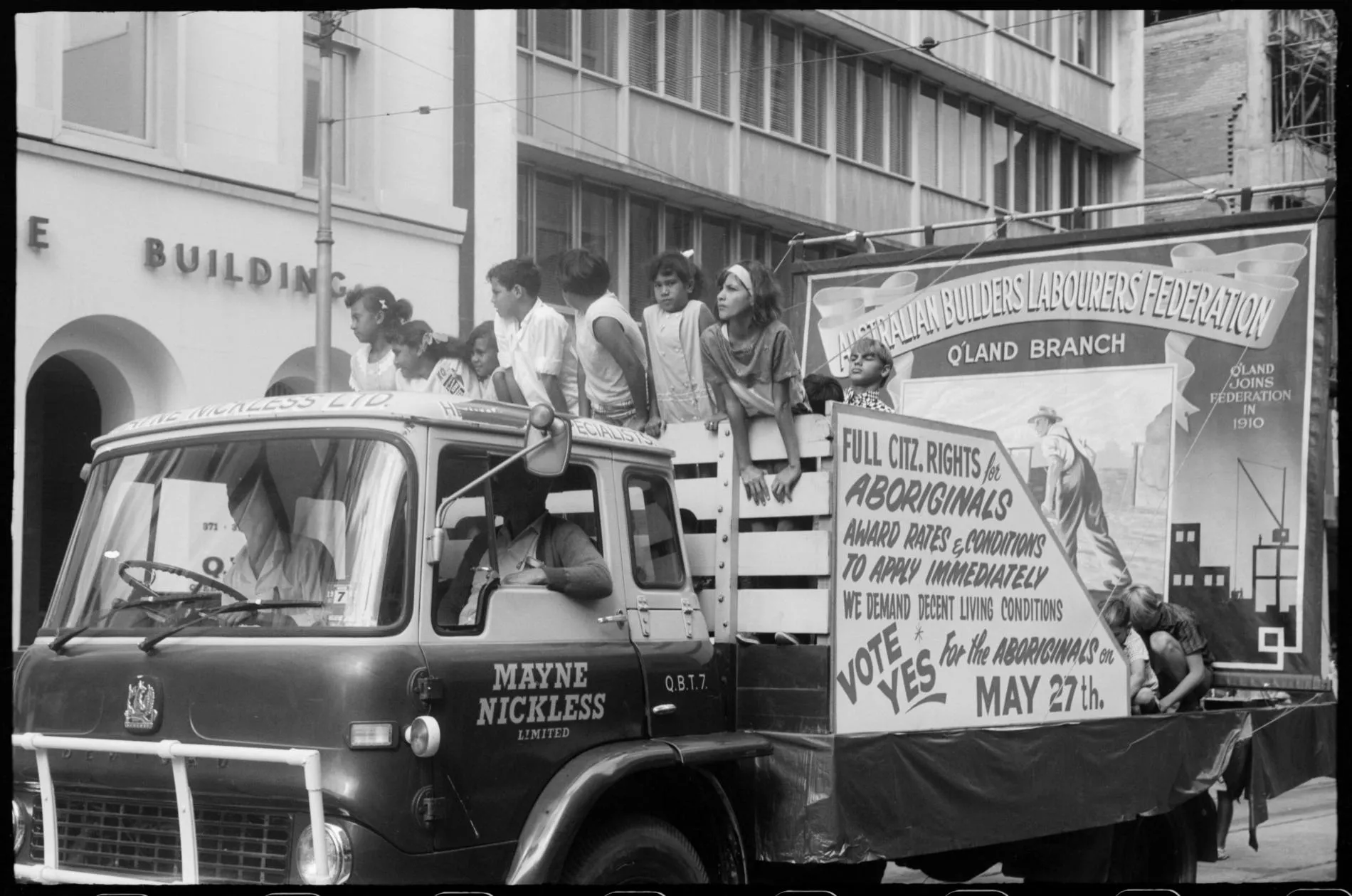1999: Republic referendum
Queen and/or Country
Date
6 November 1999
Question
A Proposed Law: To alter the Constitution to establish the Commonwealth of Australia as a republic with the Queen and Governor-General being replaced by a President appointed by a two-thirds majority of the members of the Commonwealth Parliament. Do you approve this proposed alteration?
Result
A majority of Australians in all states and the Northern Territory voted NO. The Constitution was not changed.
NSW
Yes: 1,817,380 (46.43%), No: 2,096,562 (53.57%)
VIC
Yes: 1,489,536 (49.84%) , No: 1,499,138 (50.16%)
QLD
Yes: 784,060 (37.44%) , No: 1,309,992 (62.56%)
WA
Yes: 458,306 (41.48%) , No: 646,520 (58.52%)
SA
Yes: 425,869 (43.57%) , No: 551,575 (56.43%)
TAS
Yes: 126,271 (40.37%) , No: 186,513 (59.63%)
ACT
Yes: 127,211 (63.27%) , No: 73,850 (36.73%)
NT
Yes: 44,391 (48.77%) , No: 46,637 (51.23%)
Total
Yes: 5,273,024 (45.14%) , No: 6,410,787 (54.87%)
Is monarchy important to Australia’s sense of self and system of government? In 1999, a referendum asked Australia to consider these questions. The proposal was one of the biggest in history – replacing the Queen with a President, chosen by parliament. For some, it was about time. For others, it was a step too far.
At Federation, many Australians saw themselves as British. After wars, economic hardships, and waves of migration, by the 1970s Australians began to see themselves differently - less rigid, more egalitarian, and a distinct, separate people to their British forebears. For some, this included the idea that Australia should have its own head of state, instead of a British monarch.
One of those inspired by this debate was Paul Keating, the Labor Prime Minister. He announced in 1992 his government’s intention to make Australia a republic. Polls suggested many Australians were in favour. At the 1996 election Liberal leader John Howard proposed a meeting of minds to discuss the prospect of change.
Howard was opposed to an Australian republic, but he wanted to resolve the question, at least for a while. As Prime Minister, Howard established the Constitutional Convention, which met at Old Parliament House in February 1998. Delegates to the convention represented politics, academia, business and the law, as well as some people elected by their fellow citizens, and media personalities including Eddie McGuire and Steve Vizard. Other delegates included former Brisbane Lord Mayor Clem Jones, businesswoman Janet Holmes à Court, Indigenous lawyer Pat O’Shane, lawyer David Muir and Baptist minister Tim Costello.
The Convention was asked to devise a republic model - how a president would be chosen, what their role would be, and what powers they’d have. The Convention came up with a model that suggested a president appointed by a two-thirds majority of the parliament. The question was put to the Australian people on 6 November 1999. Howard remained opposed, the only time a sitting prime minister has called for a ‘no’ vote at a referendum.
Polls indicated Australians were broadly in favour of a republic but divided about what kind of republic they wanted. Some supported the appointment by Parliament model proposed in the referendum, while other would have liked to see the President directly elected by the people. The proposal was defeated by more than a million votes.
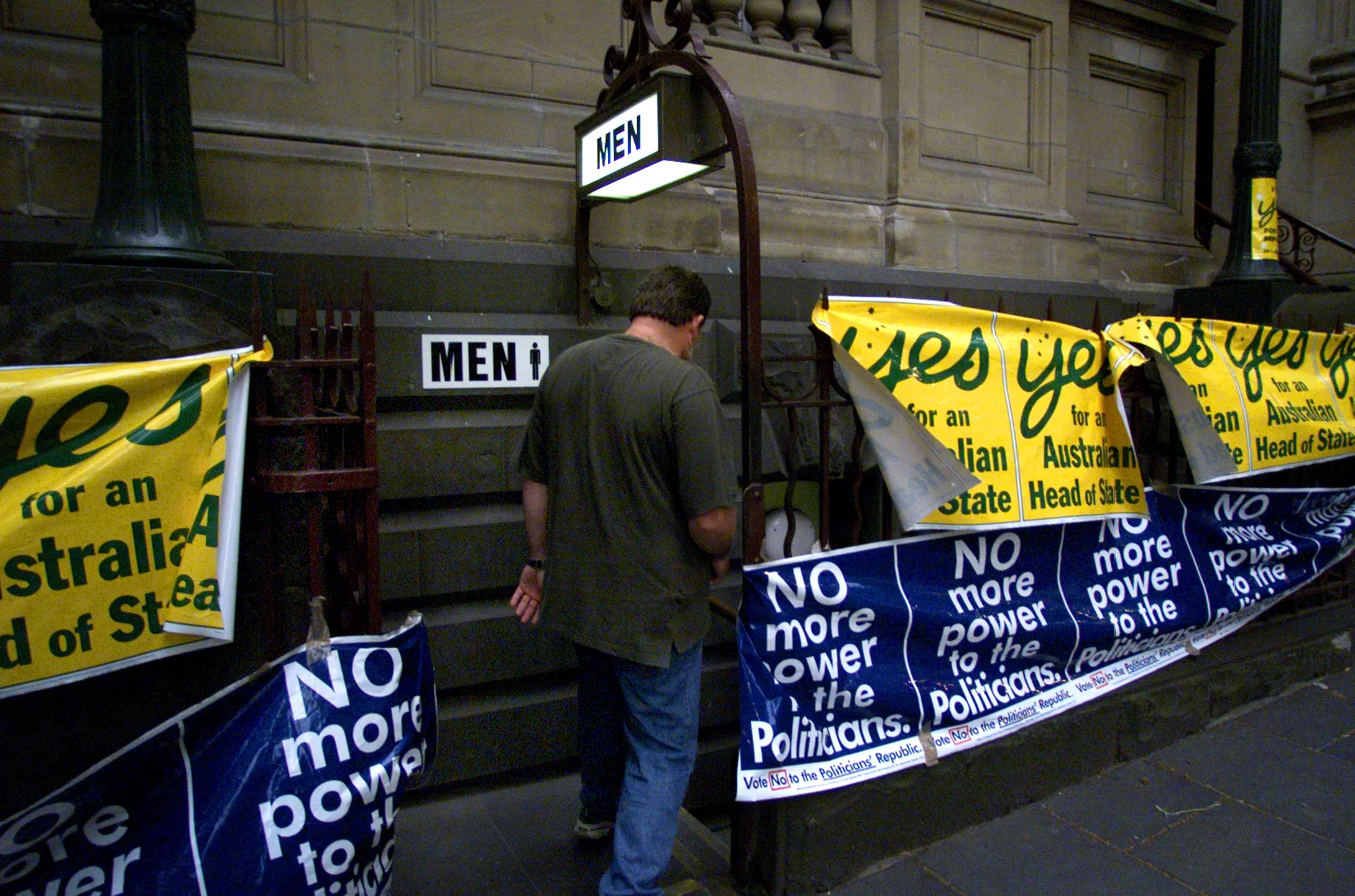
A voter walks past political banners on his way to the polling booth at Melbourne Town Hall during the republic referendum, 6 November 1999.
Craig Sillitoe/The Age
Extract from the official YES case
'Australia has evolved and matured as an independent nation. All Australians should be proud of our country and committed to its values.
Our Head of State should be chosen on merit and not by the privilege of birth. Every Australian child should be able to aspire to be our Head of State. As it stands today, no Australian, no matter how talented they are or how hard they work will ever be Australia's Head of State.
The past has served us well, but as a vibrant growing nation it's time to move on. Our pride and stature as a truly independent nation are a vital part of our national unity.
An Australian President will represent our uniquely Australian identity as we face the world into the future.'
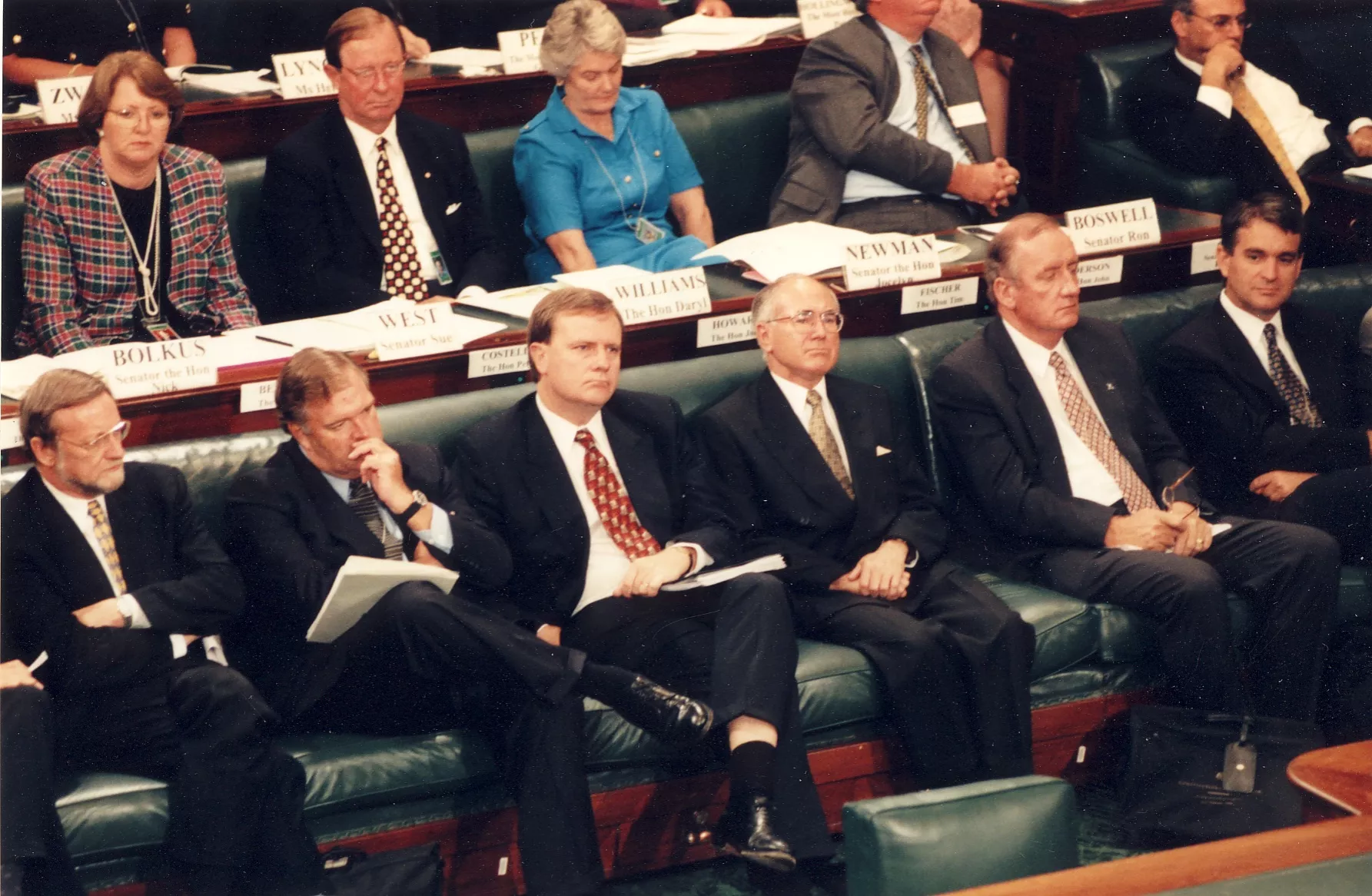
The Constitutional Convention, held at Old Parliament House in 1998, included many politicians from across party lines, with both republicans and monarchists in the government. Monarchist prime minister John Howard shared the front benches of the old House of Representatives chamber with his republican treasurer Peter Costello and his Labor republican opponent, Opposition Leader Kim Beazley.
Museum of Australian Democracy collection
Extract from the official NO case
'This referendum is not just about whether Australia should become a republic. It is about the type of republic.
And the republic model being proposed is seriously flawed it is untried, unworkable, undemocratic and elitist. The politicians will appoint the President, not the people. It removes the
checks and balances from the current system.
Those who want to elect their President – should vote 'NO' – because under the proposed model, they will have no say in who their President will be.
Those who want an appointed President – should vote 'NO' – because the proposed model is fatally flawed. The President will be a Prime Minister's puppet, subject to instant dismissal. Those who value the certainty and stability of our current Constitution – should vote 'NO' – because any alternative has to be as good as or better than the current system. This proposal fails that fundamental test.'
Did you know...?
The campaign was the first to involve the internet, with information about both cases available online for the first time.
A second question was also asked, which proposed to insert a poetic preamble at the beginning of the Constitution which included references to God, freedom, immigrants and Indigenous Australians.


